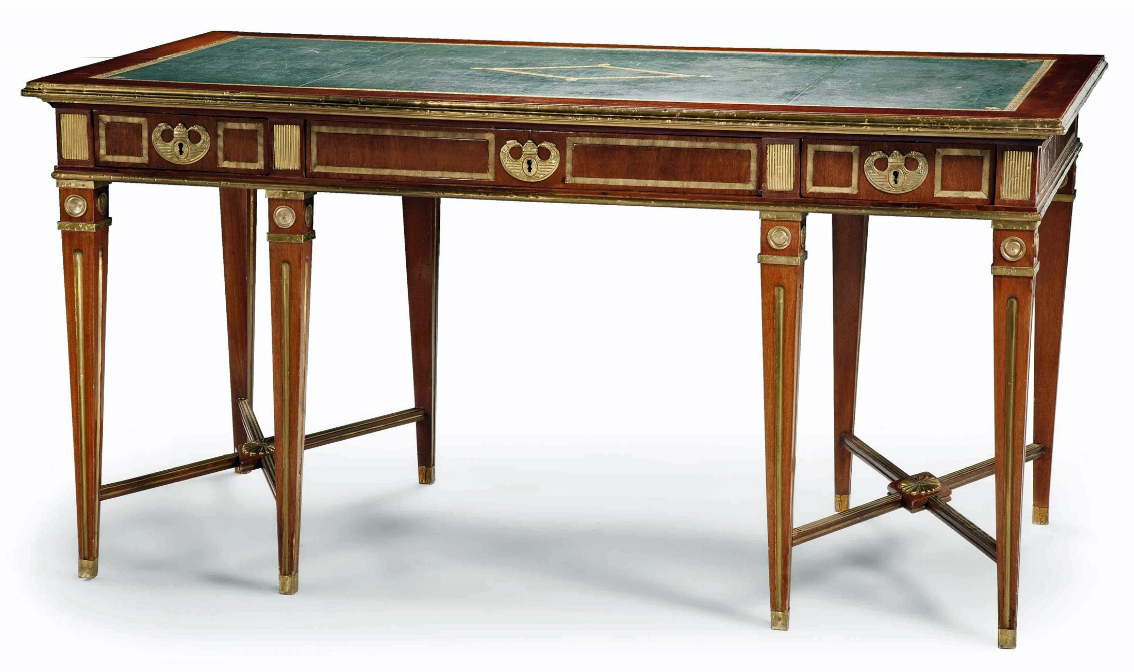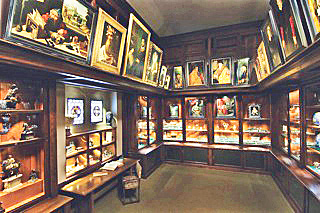Caring for your Collection
See Also: ArtlinkGlobal Auction News Advisories at:
http://artlinkglobaladvisory.wordpress.com/
See Also: ArtlinkGlobal Benchmarks for Designers at:
http://www.houzz.com/ideabooks/22926344
T R A C K I N G
You will want to be aware of the market conditions for the areas in which you collect. Are values climbing, falling, or remaining stable? This information will guide many decisions, from insurance and gifting to security and estate planning. Auction catalogues and online auction databases such as Artnet.com provide auction price results for furniture and decorative arts as well. Keep track of the exhibition history of works prior to purchase and any loans you agree to as the owner.
F I R S T S T E P S
- At the moment of purchase gather as much information on the object’s condition as possible.
- Avoid direct sunlight; use northerly light, UV-absorbent glazing, and spotlight with UV filters.
- When presenting works on outside walls or in stairwells check if their rear side is sufficiently isolated against dirt, dust and humidity.
- When hanging objects inside avoid spaces behind doors, in busy corridors, or close to furniture and shelves.
- Always provide for unhindered back-ventilation of an art object, but avoid draughts.
- Keep your objects clear of radiators, fireplaces, candles and moisture sources.
- Never store art works unpacked in acidic papers, cardboard, bubble wrap foil or impregnated textiles. For a longer period never store near to heaters.
- Store light-sensitive paintings in appropriate darkness, but not less than 5 LUX to avoid blackening or “fall-out” of some ancient types of paint.
ARTLINKGLOBAL
recommendations for lighting your collection
Band NY/LEDspin
LEDspin www.ledspin.com specializes in state-of-the-art LED lighting for residential and commercial clients, museums and collectors. We have designed lighting for gem collections featured at the Field Museum, Chicago, IL, the American Museum of Natural History, NY and the Smithsonian Institution, Washington, DC. We offer full service design, engineering, fabrication and installation services. With over twenty years experience, our company has had the distinction of having lit many of the world’s most valuable artifacts and documents including:
- the Constitution,
- the Bill of Rights,
- the Declaration of Independence,
- the Magna Carta,
- the Dead Sea Scrolls
ARTLINKGLOBAL
recommendations for conservation precautions
W O R K S O N P A P E R A N D P H O T O G R A P H Y
- Use ultraviolet-light-filtering glass to protect fragile works from light.
- Use special framing to avoid the diffuse of pigments.
- Backing and matting should always be composed of high quality neither acid nor alkaline pH neutral materials.
- Be sure of ample separation between work and both frame and glazing.
- When cleaning the glass protecting the work use a soft cloth and never spray cleaning agent on the glass as it can seep under the frame.
- Most photography can be stored in paper enclosures; some can be kept in special kinds of plastic enclosures.
- Storage in plastic enclosures is not suitable for transparencies from the 1950s, film-based negatives, hand-colored prints, prints with surface damage as well as glass or metal based photographs.
B R O N Z E S C U L P T U R E
- The most delicate part of bronze is patina.
- For cleaning you can use a dust rag, soft shoe brush, or duster.
- Use neutral soap with water and soft cloth. Wipe clean, dry with the rag then allow sculpture to air completely dry.
- Do not use any cleanser or solvent to clean your sculpture since they will scratch surfaces.
- If your bronze sculpture is suited for waxing, you can generally use furniture wax.
F U R N I T U R E
- Check regularly for traces of woodworm. Sawdust underneath the furniture can be a sign of active infestation.
- If furniture has active infestation isolate immediately by placing it in a large sealed bag: fumigation will be necessary.
- Either use a humidifier or put a glass of water (and lavender blossoms) inside or underneath a cabinet or chest to avoid drying.
- Avoid placing antique furniture on floor heating.
- Direct sunlight can lead to discoloring and shrinkage.
- Once a year use a coating of good paste wax to maintain your furniture.
- Dry dust with a soft cloth for routine cleaning.
G L A S S & C E R A M I C S
- Glass and Ceramic objects are extremely fragile and can easily crack or break on impact.
- Use both hands to lift objects and avoid picking them up by their handles or spouts, which may not be well attached.
- When stacking items for storage, place a cushion of soft material between each piece.
- Avoid storage or display where there are extreme or rapid changes in temperature and humidity.
- Be cautious using cleaning cloths, they can snag on rough surfaces or poorly attached decoration.
- Economist and Art Historian:
- Proprietary search, authentication and strategic implementation at auctions worldwide



